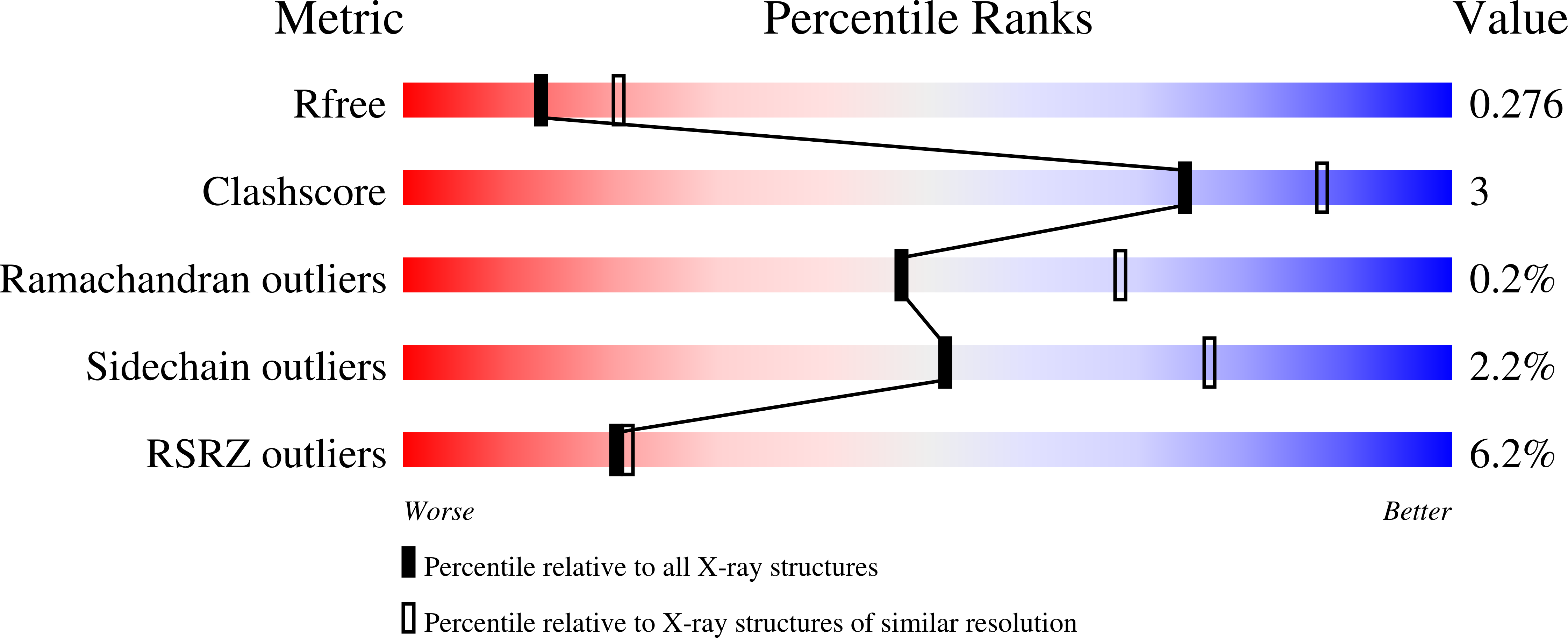
Deposition Date
2020-10-25
Release Date
2021-01-13
Last Version Date
2024-10-09
Entry Detail
PDB ID:
7KIW
Keywords:
Title:
Crystal structure of Pseudomonas aeruginosa PBP3 in complex with zidebactam
Biological Source:
Source Organism:
Host Organism:
Method Details:
Experimental Method:
Resolution:
2.49 Å
R-Value Free:
0.27
R-Value Work:
0.19
R-Value Observed:
0.20
Space Group:
P 21 21 21


